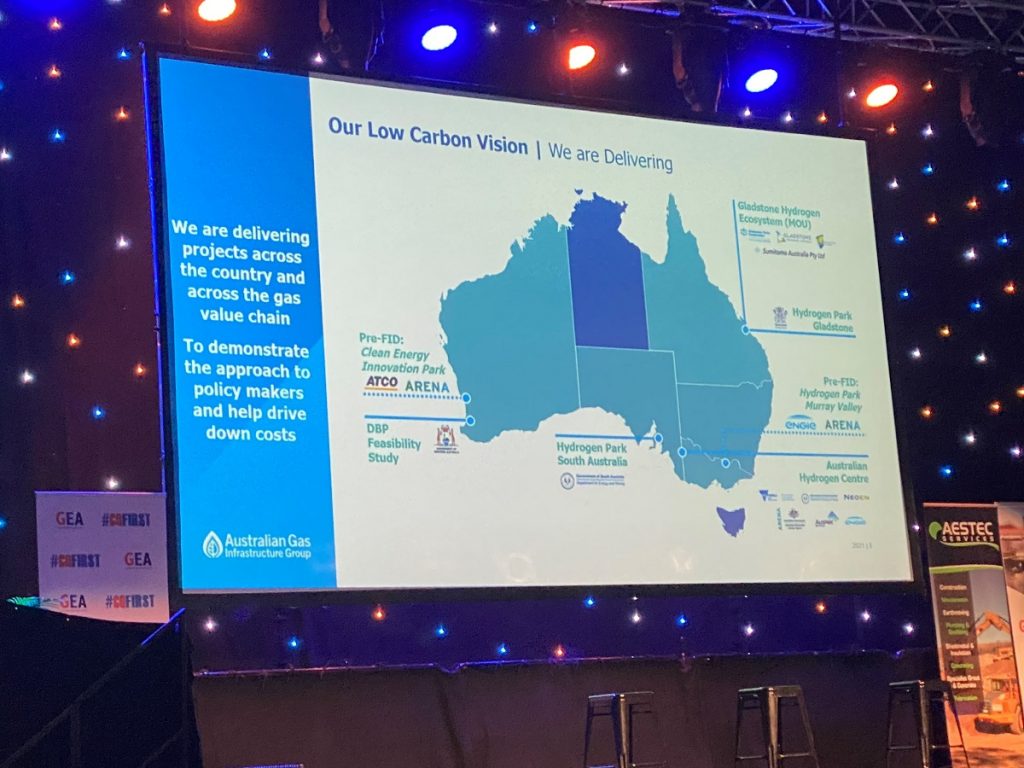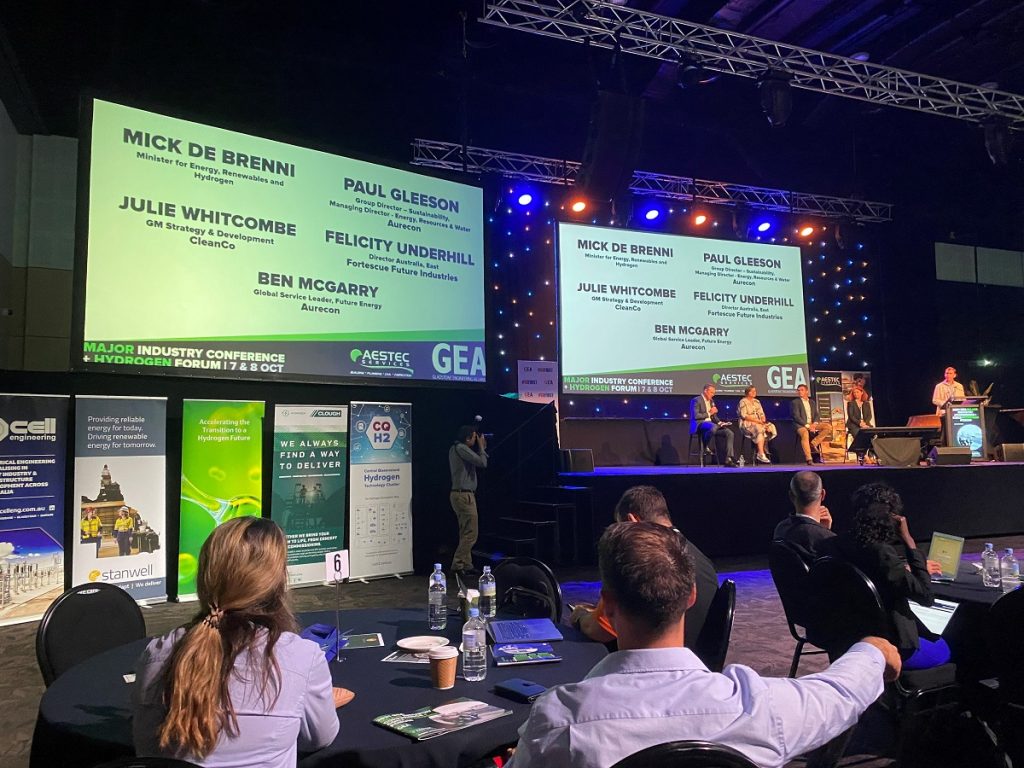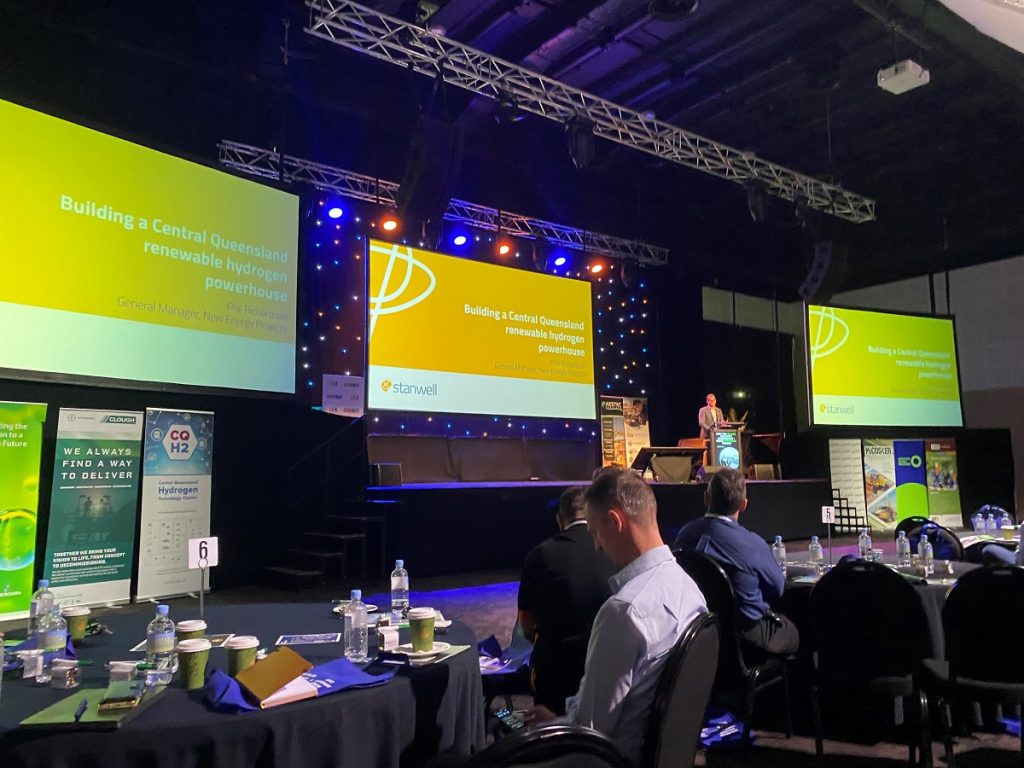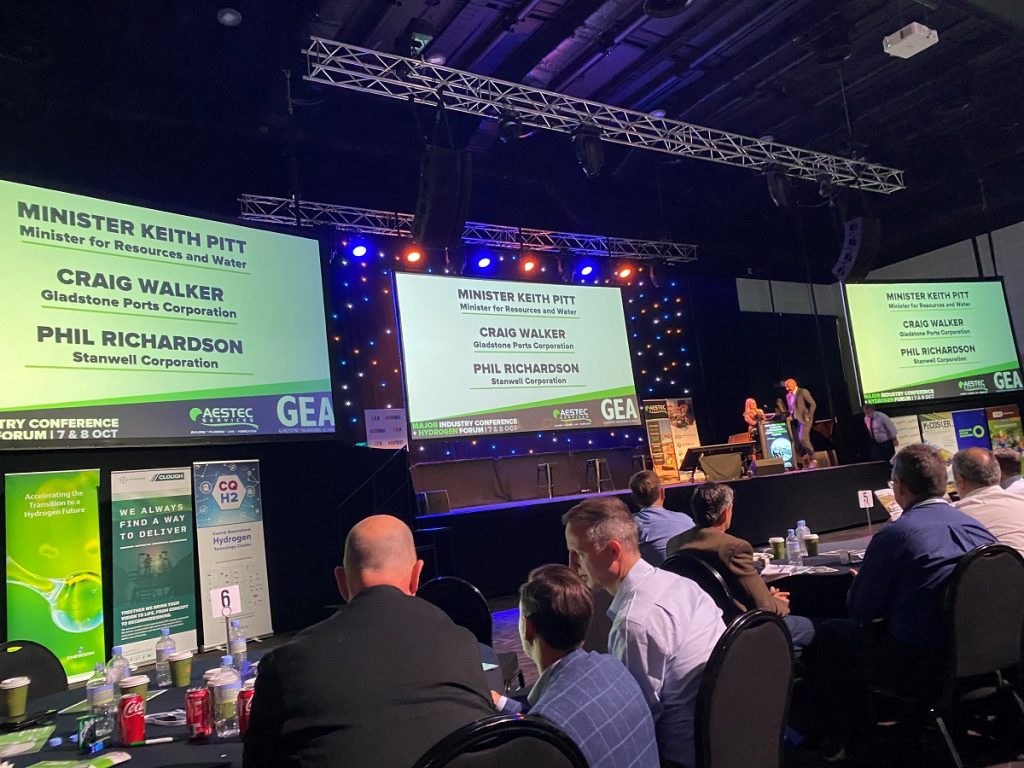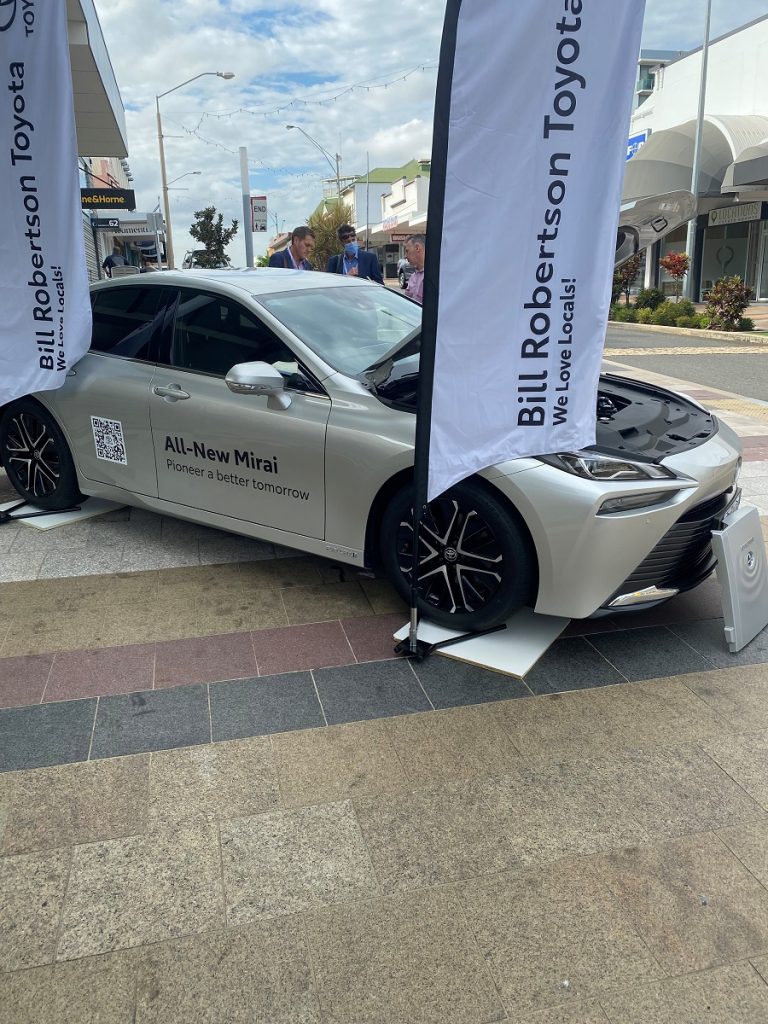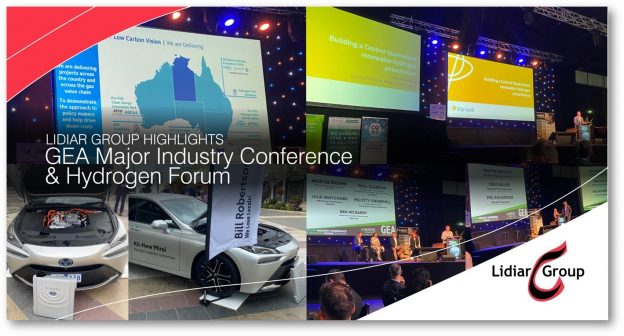
Conference Showcases Central Queensland’s Resources Future
Lidiar Group’s Niall Callan travelled to Gladstone last week to attend the Gladstone Engineering Alliance Major Industry Conference and CQH2 Hydrogen Forum.
The conference outlined the projects and technologies that will shape the region and the resources sector in the years ahead. There was a lot to take in, from hydrogen vehicles to carbon capture projects, so we caught up with Niall to learn his key takeaways from the conference.
What was the key takeaway from the conference?
The overall quality of the two-day event was next level. I take my hat off to Gladstone Engineering Alliance for pulling together such a great list of presenters; the whole event just blew me away.
Which speaker impressed you – what was their key message/point/highlight from their presentation?
On Thursday, the standout for me was Phill Richardson’s plans for Stanwell Corporation to be a central part of the consortium intending to export renewable hydrogen to Japan and large industrial customers in Central Queensland. The sheer scale of their plan is mind-boggling, with the project scaling up to 3,000 MW of electrolysis capacity by the early 2030s.
On Friday, Felicity Underhill from Fortescue Future Industries (FFI) gave us a glimpse of a Green Hydrogen future and FFI’s ambitions to become the world’s leading integrated, fully renewable energy and green product company. She wasn’t shy in her checky attempt to convince the engineers in the audience to jump ship to an exciting future in FFI.
What future project did you find the most interesting/exciting?
It wasn’t one project in particular; the key message from the event was that collaboration is the way forward. Many of the projects identified and discussed are of enormous scale. Solar and wind farms, utility pipelines, hydrogen production, storage and liquefaction facilities are all massive undertakings in their own right, so how the industry collaborates to secure people, materials, resources, funding, and approvals will be critical. All projects are interdependent and interlinked, so to transform the region’s resources future, collaboration will be the key driver of success. When you take it all in, you start to understand the magnitude of what is planned for the region, and it’s exhilarating.
What thoughts do you have on the role of Hydrogen in Queensland’s future?
I was blown away by how advanced some organisations are already on their hydrogen journey. When I left APPEA in Perth earlier this year, I had heard a lot about what sounded like blue sky projects and thought to myself the road is very long and uncertain. I couldn’t see how these projects would get off the ground; their scale and complexity seemed like barriers to becoming a reality.
However, here we are only a few months later, and I can see structure and evidence that key players are on board and making this happen. Queensland, and especially Central Queensland, has all the components to make this work.
The future of hydrogen in Queensland is strong; I look forward to following this journey closely.

